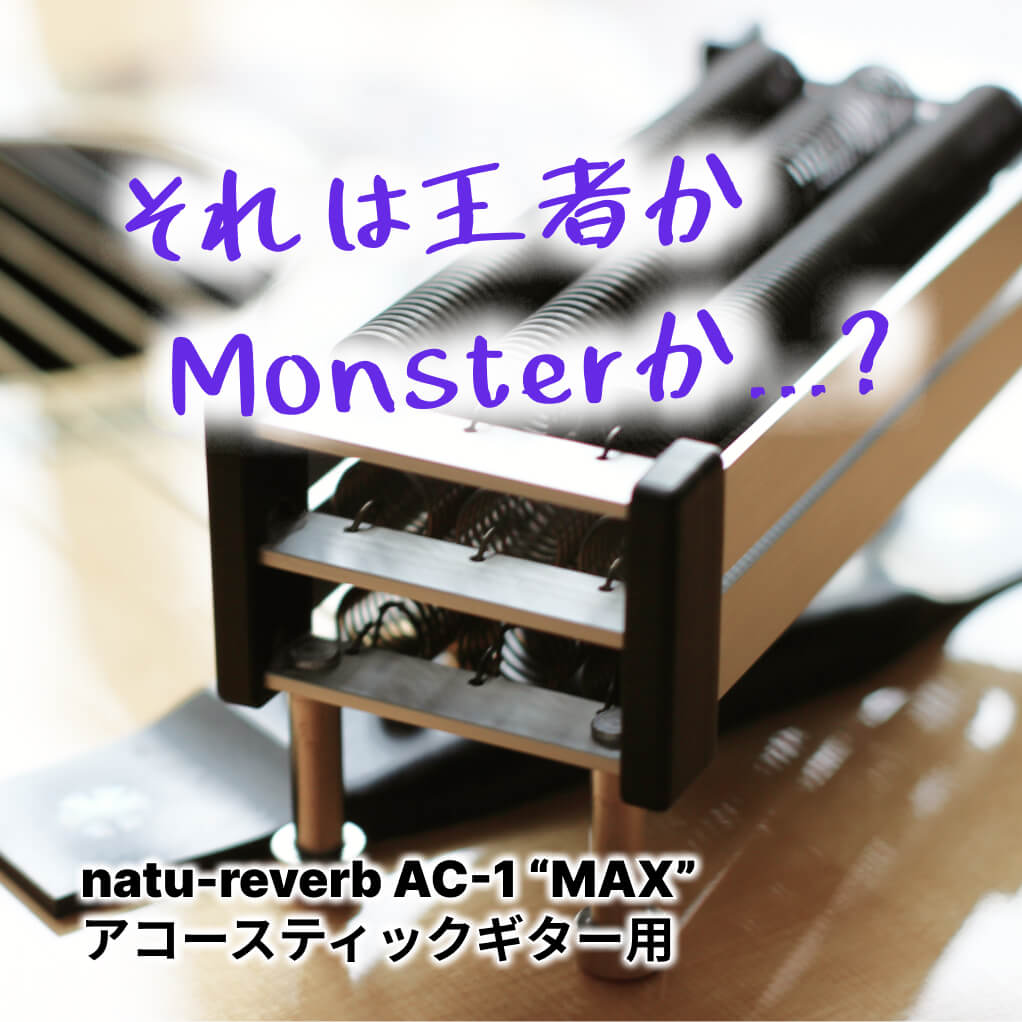One of the most annoying things for players when playing the guitar is a misaligned pick.
Even if you're trying to play comfortably, if the pick is out of place, you won't be able to concentrate on your playing.
Also, if the pick slips or shifts, you may end up using more force than necessary, which can hinder your improvement.
In this article, we'll clearly explain some methods and tricks to prevent your pick from slipping or slipping.
▼ Why does a pick slip?
# Slippery due to sweat and grease
When playing the guitar, the pick may shift.
One of the causes is sweat and oils from your hands. If your hands get sweaty while playing, the pick will slip off your fingers more easily. Similarly, oils on your hands can slip between the pick and your fingers, causing the pick to slip out of place.
Sweat and oils from your hands can cause the pick to slip, especially when you're tense or playing for long periods of time. Your palms and fingertips can become slippery, making it difficult to hold the pick firmly. This results in less stable sound and a lower quality performance.
# Dry and slippery
Sweat isn't the only reason the pick will slip out of place. It can happen not only when your hands are sweaty, but also when your hands are dry.
Especially in cold seasons or when the room is dry, your hands can become dry and the pick can easily slip out of your fingers.
This misalignment of the pick due to dry hands can be quite stressful. If your fingers are dry, it can be difficult to control the pick and your playing can become unstable. That's why it's important to take care of your hands.
# Slipping due to grip problem
Additionally, an unstable grip or insufficient friction on the pick can also cause the pick to slip out of place.
A poor grip can make the pick less stable and cause it to slip out of place when you play. Holding the pick too tightly with your fingertips or holding it too loosely can make the pick less flexible. A good grip is especially important when playing fast or complex phrases.
▼ General methods to prevent misalignment
Next, we will explain some common ways to prevent the pick from slipping.
# Use a thumb pick
A thumb pick is a type of pick that is worn on the finger. Because it is worn directly on the finger, the pick does not slip out of place. It is particularly effective when playing an acoustic guitar.
However, since the picking often feels unnatural, it is not suitable for people who value the nuances of picking. Specifically, the nuances are quite different between down-picking and up-picking.
# Use a non-slip pick
Non-slip picks have a non-slip surface that makes them less likely to slip off your fingers. They are available in a variety of materials and designs.
However, this only reduces slippage and does not completely prevent the pick from slipping.
You may also find it difficult to find a pick that produces the tone you like.
# Apply anti-slip material to the pick
You can use anti-slip tape or a sticky substance on the pick to prevent it from slipping. You can also use items sold for use as picks, or other household items.
However, this only reduces slippage and does not completely eliminate the pick slippage.
# Try changing your grip
Changing your grip can help reduce the chance of the pick slipping. It's important to distribute the pressure evenly between your fingers and hold the pick firmly.
However, it takes a lot of time and effort to find the best grip.
Also, since finger shapes, bone structure, and muscle mass vary from person to person, other people's advice is often not helpful, so you have no choice but to do it yourself through trial and error.
How to completely eliminate the misalignment?
The methods introduced so far have helped to reduce pick misalignment, but they cannot completely eliminate it.
It is possible to minimize slippage while playing by using a thumb pick, choosing a pick with a non-slip grip, or changing your grip, but these still do not provide a complete solution.
Problems with sweat and oil on the hands, and grip style vary from player to player, and using anti-slip picks or applying anti-slip coatings often does not provide lasting effectiveness.
In other words, the methods used so far have only been able to reduce the misalignment, and it is very difficult to completely eliminate pick misalignment.
To completely eliminate the misalignment of the pick, a new idea is needed. That's why I would like to introduce you to the "Pick Master."
By using the Pick Master, you can float the pick in the best position in the air, so you don't have to worry about the pick slipping out and you don't need to use any unnecessary force.







![natu-reverb magnet parts [for additional purchase]](http://logicwave.jp/cdn/shop/files/magnet_01_product_202311.jpg?v=1700968099&width=1036)





![Sitar Express™ for acoustic guitar [2024 new model]](http://logicwave.jp/cdn/shop/files/sitar_2024_01.jpg?v=1705141659&width=1550)

